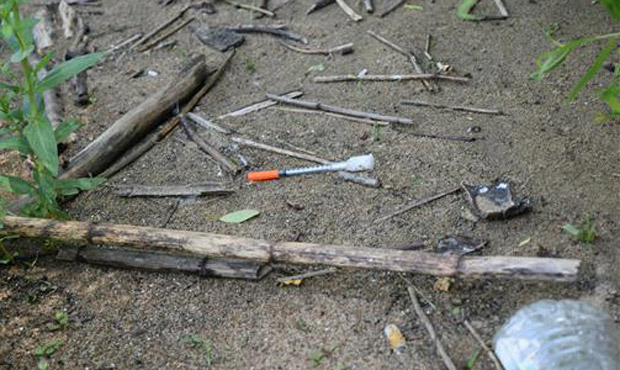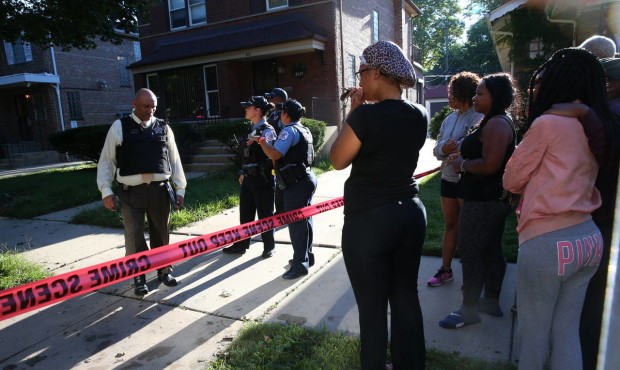Jason Rantz
Tiny homes: Another remedy to Seattle’s homeless crisis
As Seattle rushes to address a homelessness crisis on many fronts — tent encampments, RVs, and more — one organization is mounting its own response, in its own, tiny way.
“This tiny house village is unique in a number of ways,” said Sharon Lee, executive director of the Low Income Housing Institute on KIRO Radio’s Jason Rantz Show.
The Lutheran Church of the Good Shepherd in Seattle’s Central District at 22nd Avenue and Union Street is donating land for the institute to host a tiny house village. In partnership with Nickelsville, they are putting together 14 tiny houses to move people off the streets and into a more permanent solution.
Related: Seattle considers cottage industry to ease housing, rent concerns
“What’s nice about the tiny houses is that they are all insulated, they have electricity, there’s a heater, there’s light, there’s a lockable door, a ventilation fan for the summer,” Lee said. “And instead of using porta potties, which is used in the tent encampments, there is a toilet pavilion with running water, flushing toilets and it’s plugged into the sewer system. And we got a foundation to fund a shower pavilion as well.”
The tiny homes are about 8 feet by 12 feet — enough space for a basic bedroom. The homes have been donated by a variety of local organizations, such as the Tulalip Tribe, Renton Technical College, Seattle Vocational Institute, and more. Materials for one tiny house cost about $2,200, so donated labor and materials are heavily relied upon.
The tiny houses are already slated for residents, such as a family with mom, dad and a daughter. Other residents are coming from other Nickelsville locations. The institute tries to get families off the street as quickly as possible. Singles and couples are triaged in order of need. People are set up at the village, where services are offered from job assistance to mental health care.
“We have case managers and social workers moving people into permanent housing, helping them find employment, keep employment, helping them with medical care and other critical needs,” Lee said.
From there, residents can move to someplace such as one of the 1,800 low income apartments the institute operates. There can be a wait — anywhere from a week to two to three months, Lee notes.
But while in the tiny home village, there are conditions. Residents pay $90 a month for the utilities. They have to contribute to the village by volunteering a certain number of hours. And there are rules: no alcohol, drugs, violence. And residents have to commit to resolving conflict in a peaceful manner.
“We have a lot of people who are working but they don’t have enough money for first and last month’s rent. And there’s not enough housing that’s affordable within reach,” Lee said. “So we have many homeless people who are working, and we actually have homeless students, which is really sad — having to study in a tent.”
While the village is set to operate, the Low Income Housing Institute can still use help. To donate or contribute to the effort, people can visit lihi.org.
“When the shelters are full, it makes no sense for vulnerable people, especially families with children, to be sleeping outside in the middle of winter,” Lee said.
“This is not a long-term solution in terms of living in a tiny house or a tent. It’s a short-term crisis response,” she said. “We try to move them as quickly as possible into permanent housing. We’ve been successful.”





































Comments